Poster
Poster
Vocalic Bodies and Spaces — using animation to create Irish language representation in unionist East Belfast
I wish to discuss how can animation – in the current context in Northern Ireland, where the Irish language has been divisively politicised along sectarian lines – is uniquely capable of generating representation of the language and disseminating it in a way that minimises the risk of backlash. To do this I will draw on Conner’s twin concept of “vocal bodies’ and ‘vocalic spaces’ (2000) that argue for the world-generating powers of voice in the animation context. I will also lean on Roe’s work (2013) on indexicality and how its unique plasticity in animation enables factual animation to successfully tell contentious stories in fraught political contexts by mitigating the risk of negative response.
I will use the practice-as-research work I’ve done in the ongoing “Ulster Gaeilge: It’s Yours Too!” research project as a case study. In that project, I use animation as a tool to create representation of a small and rapidly growing population of Protestant, Unionist and Loyalist (PUL) learners and speakers of the Irish language, who are based in East Belfast and beyond.
The research responds to the learning and cultural claiming of Irish that’s happening today among a growing population of people of PUL backgrounds in Northern Ireland. There are historical precedents of Irish speakers and activists in the PUL community that go back to the 18th century. Those, and the current day phenomenon of Irish language learning in PUL community, have not part of present-day mainstream media representations or public discourse around the language. Animation, my research finds, is valuable and crucial tool through which to create and disseminate this representation.
Themes central to this project include: place, identity and the evolving relationship between them both; private and public space; places of learning and pedagogical strategy; places/identities that have been forgotten how animation can help ‘de-repress’ the past.
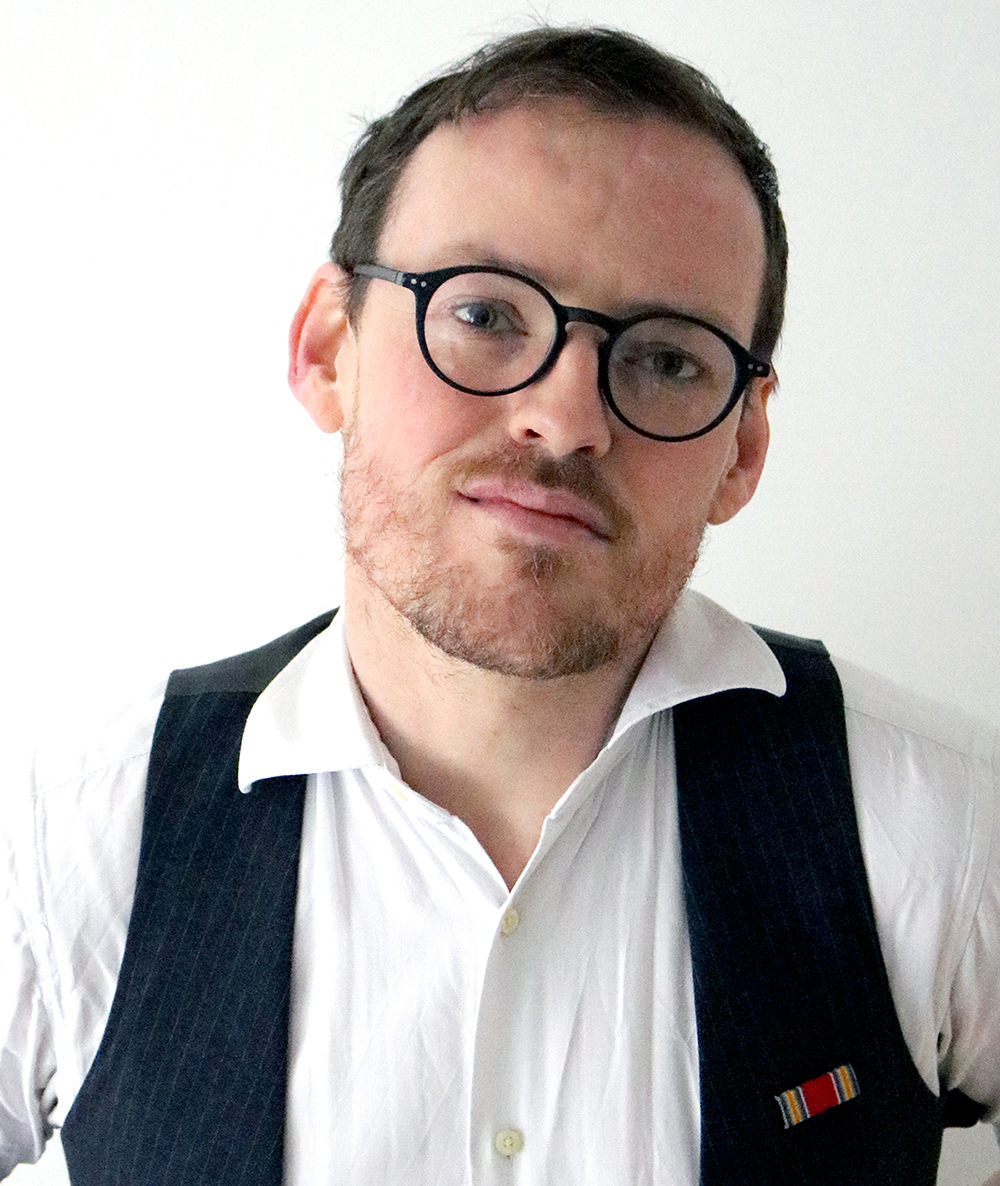
Don Duncan/Don Ó Donnacháin
Queen’s University Belfast
Biography−
Don Duncan/Don Ó Donnacháin is an academic, journalist and storyteller whose practice and research extends across both audiovisual and live, spoken word formats. He has recently completed a PhD at the University of East Anglia and has three master’s degrees (MSc in Journalism and an MA in Politics, both from Columbia University; MA in Scriptwriting and Film Directing from INSAS, the Belgian state film school) as well as a BA in English Literature from Trinity College Dublin.
As a journalist and documentarian, he has over two decades of international experience for outlets including: the BBC, RTE, The Guardian, The New York Times, The Wall Street Journal, The Los Angeles Times, and others.
His current research interests include factual animation, docu-fiction and other innovations in the blending of fact and fiction; innovations in technology and their impacts on storytelling form; media and multilingualism; Irish language media; podcasting; and audio drama.
Vocalic Bodies and Spaces — using animation to create Irish language representation in unionist East Belfast
Gallery
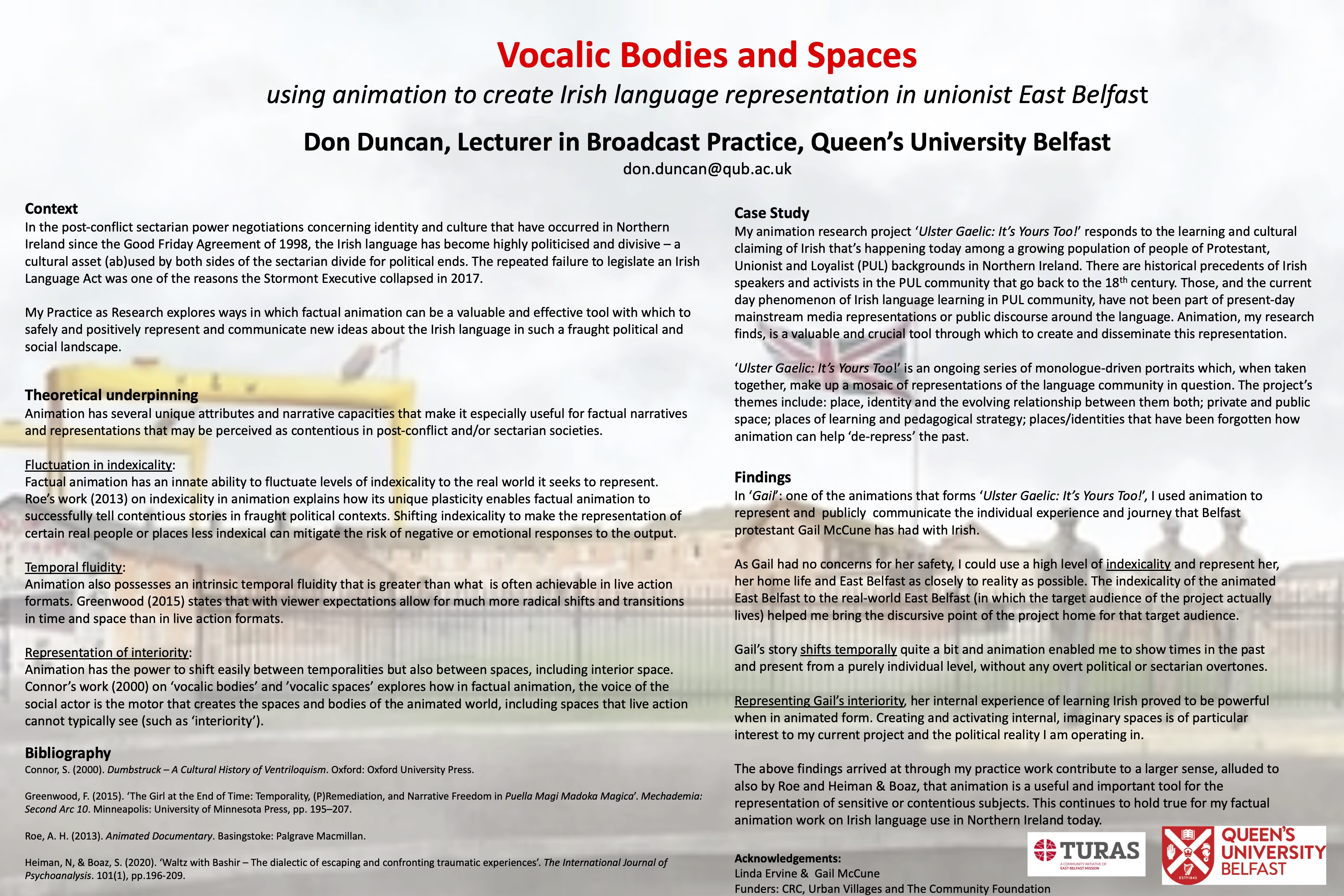
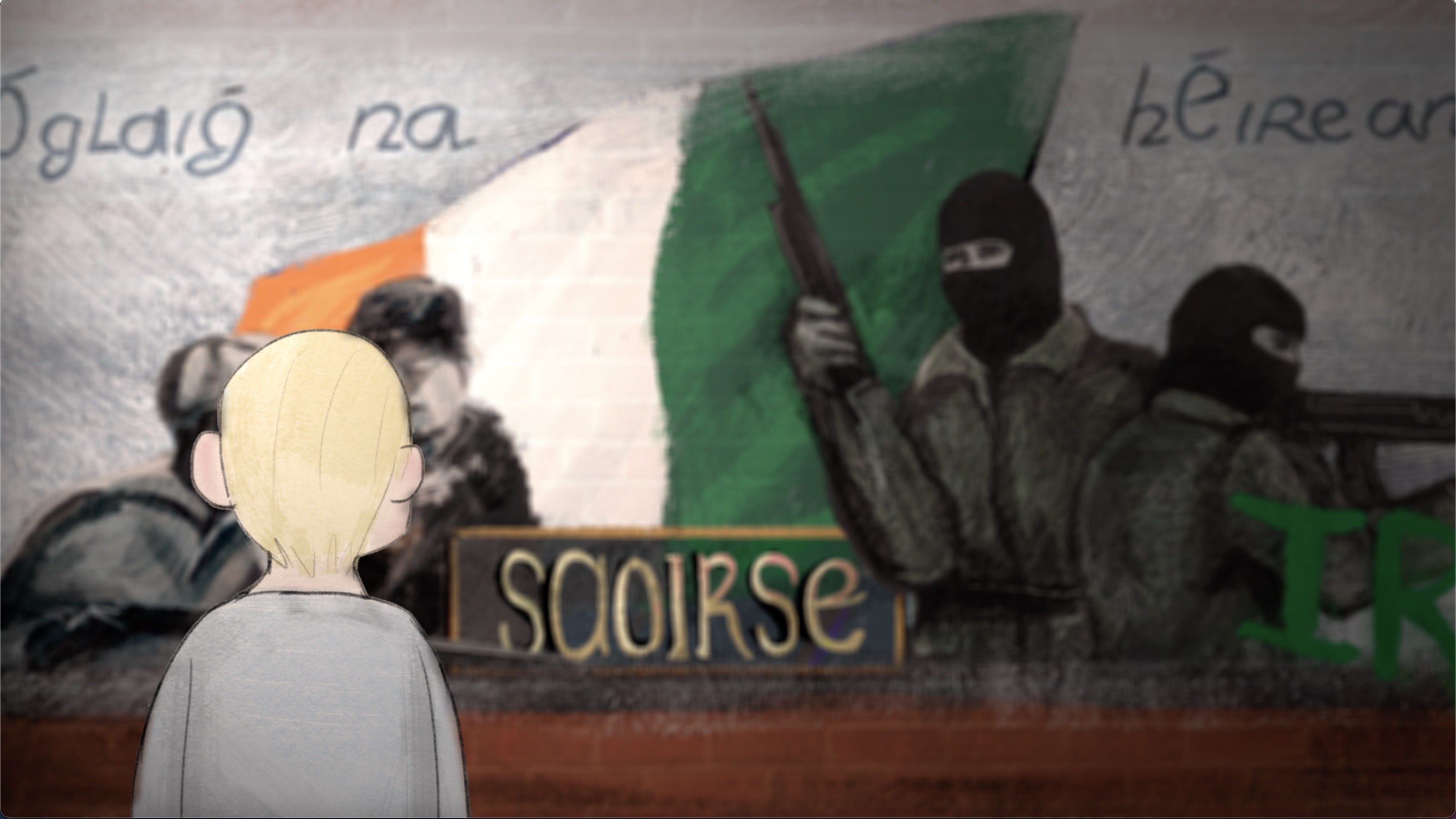

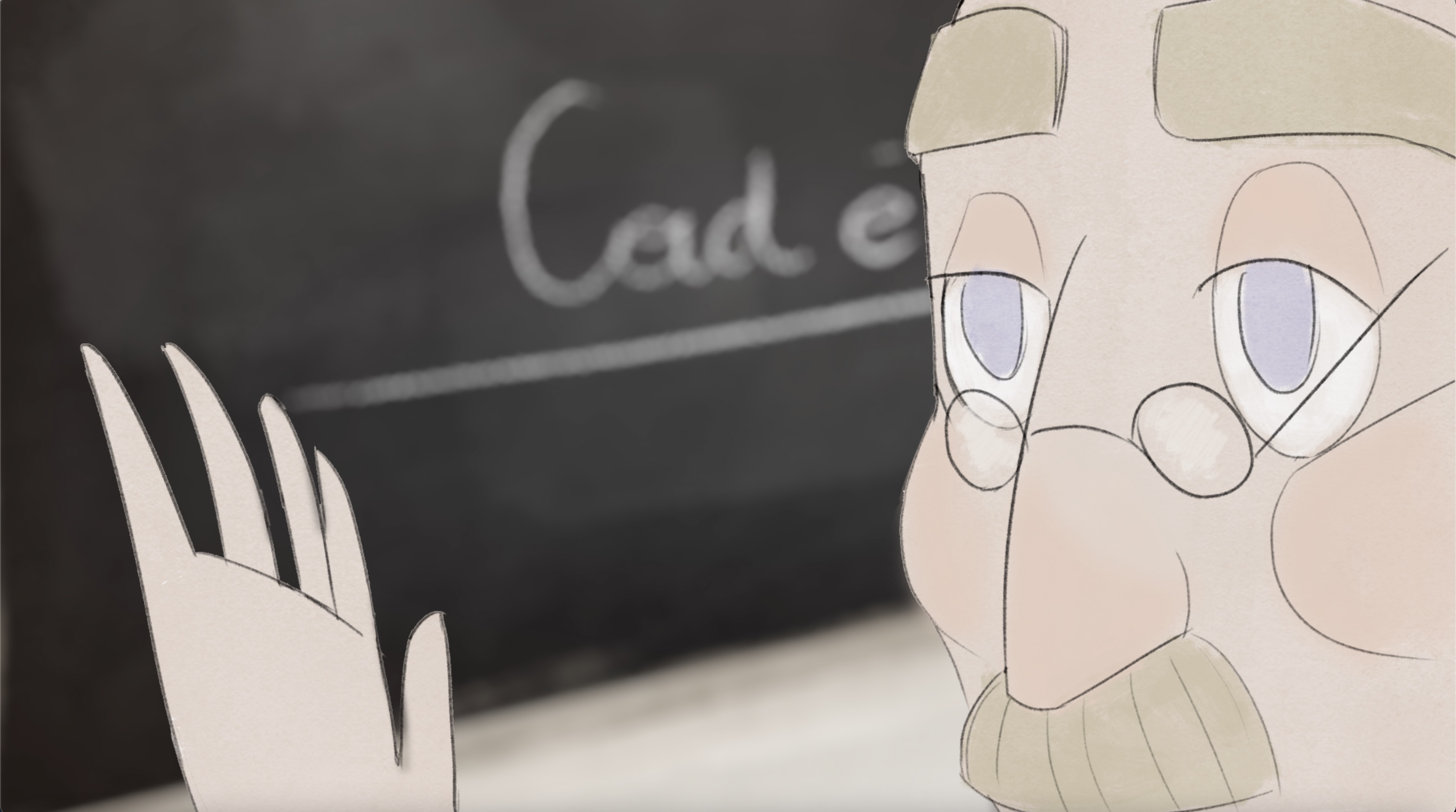







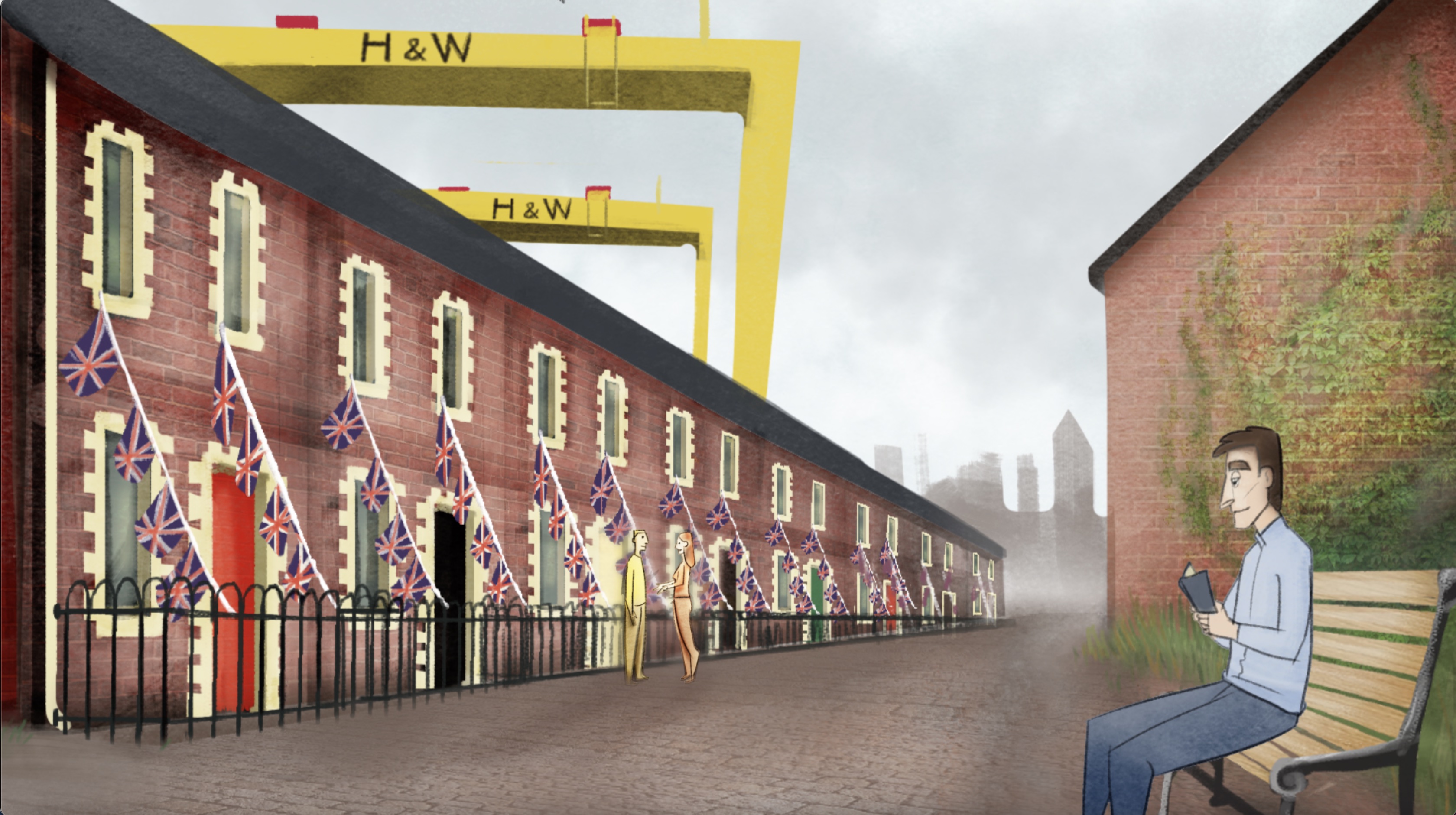



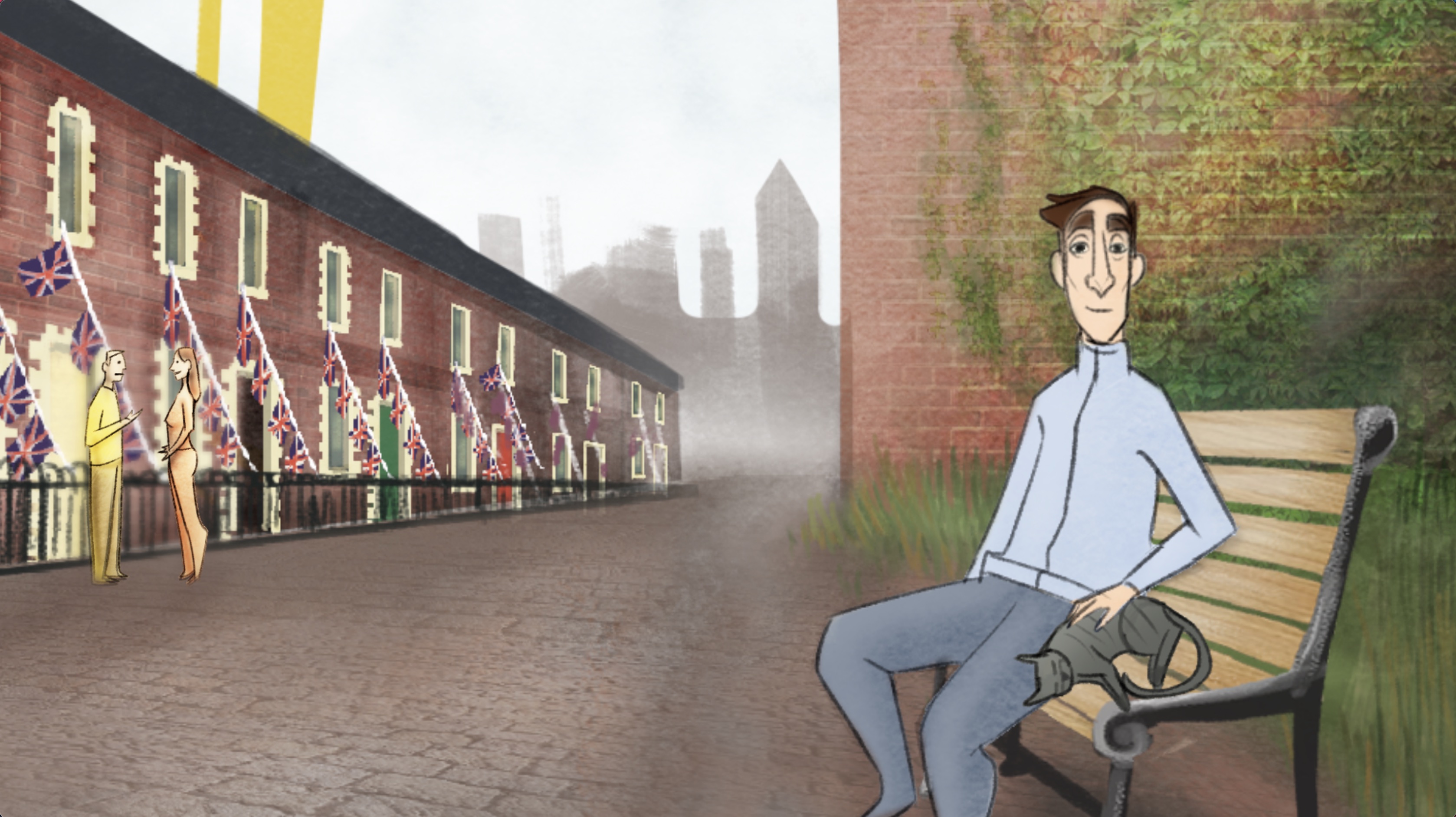
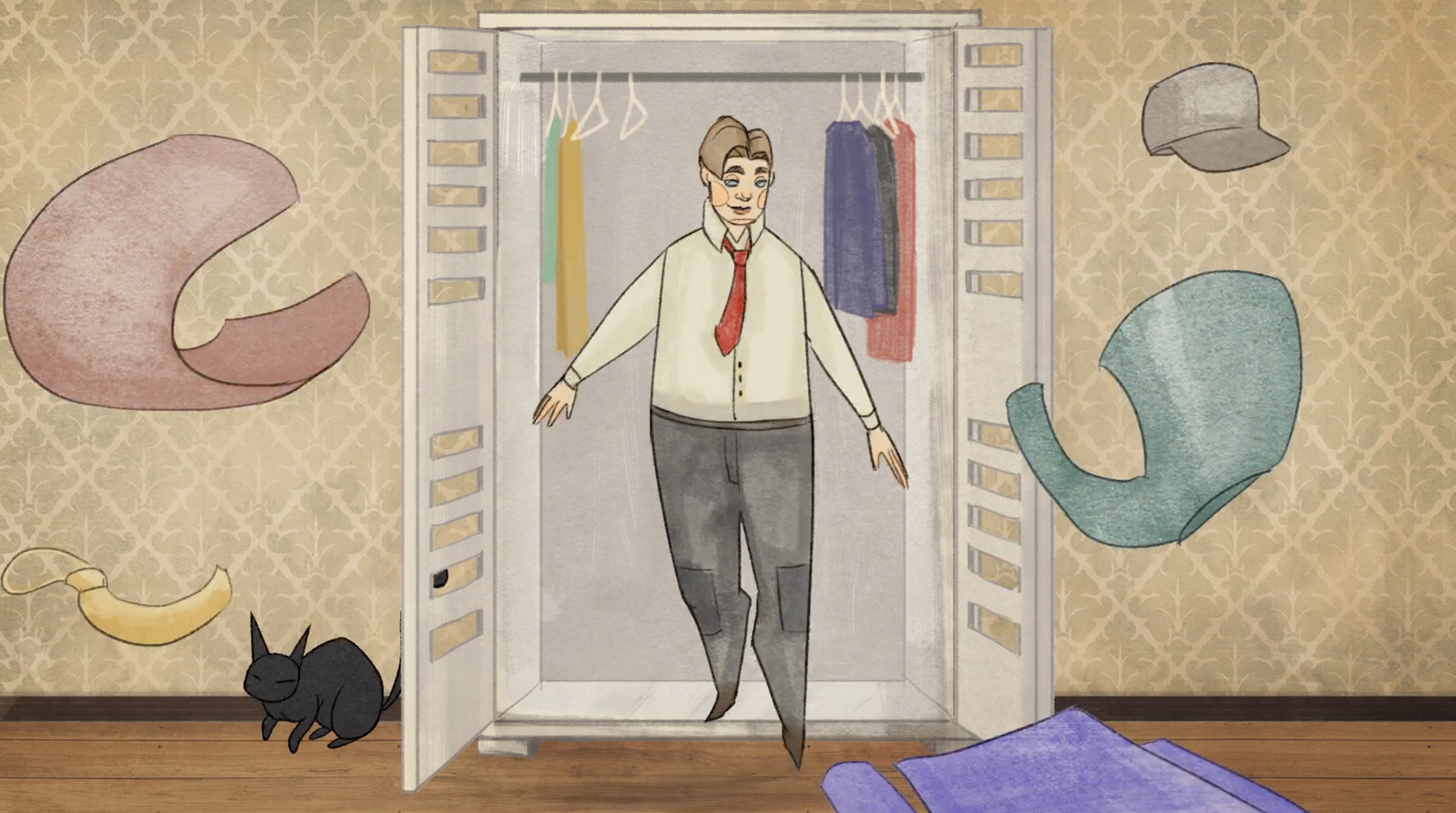

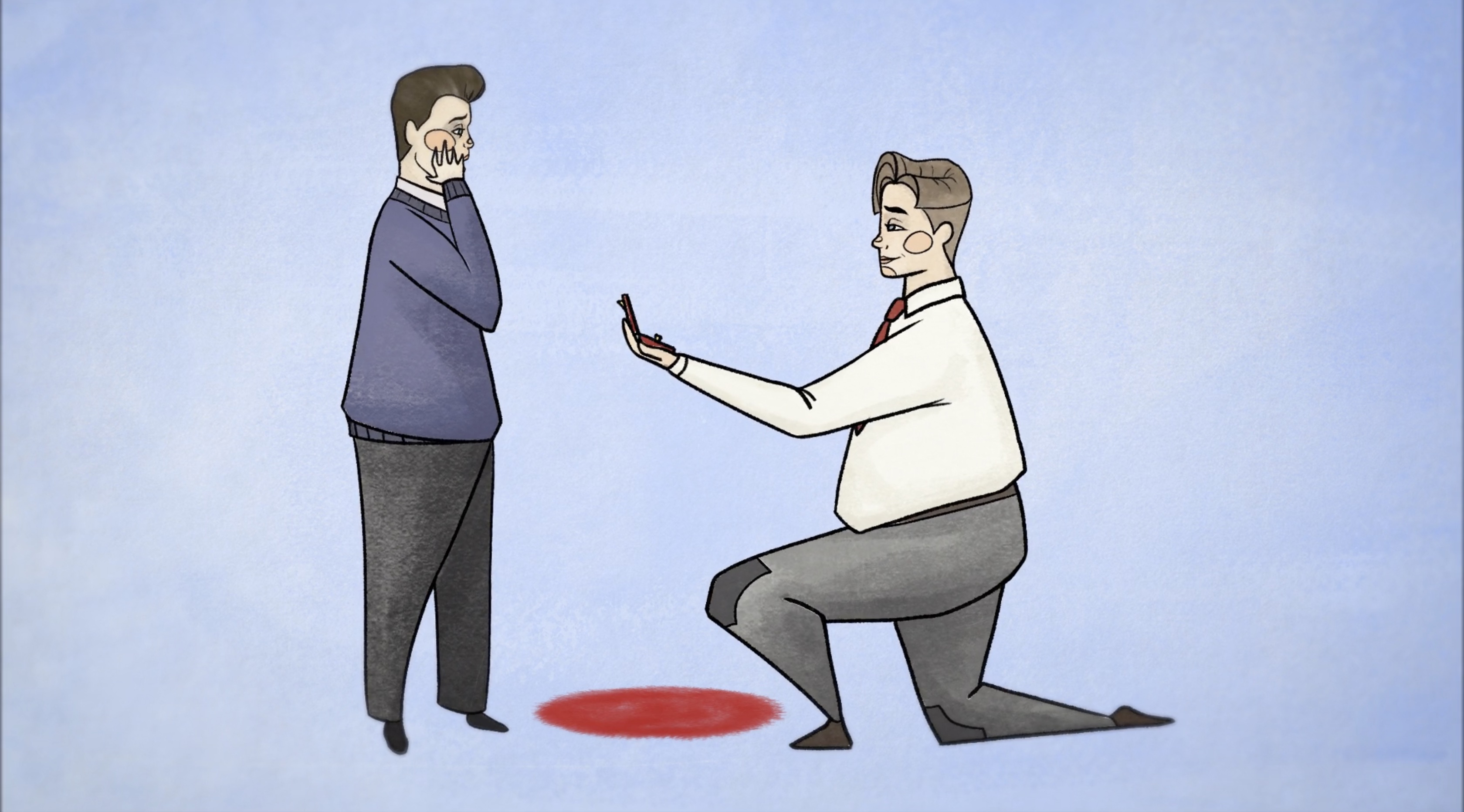
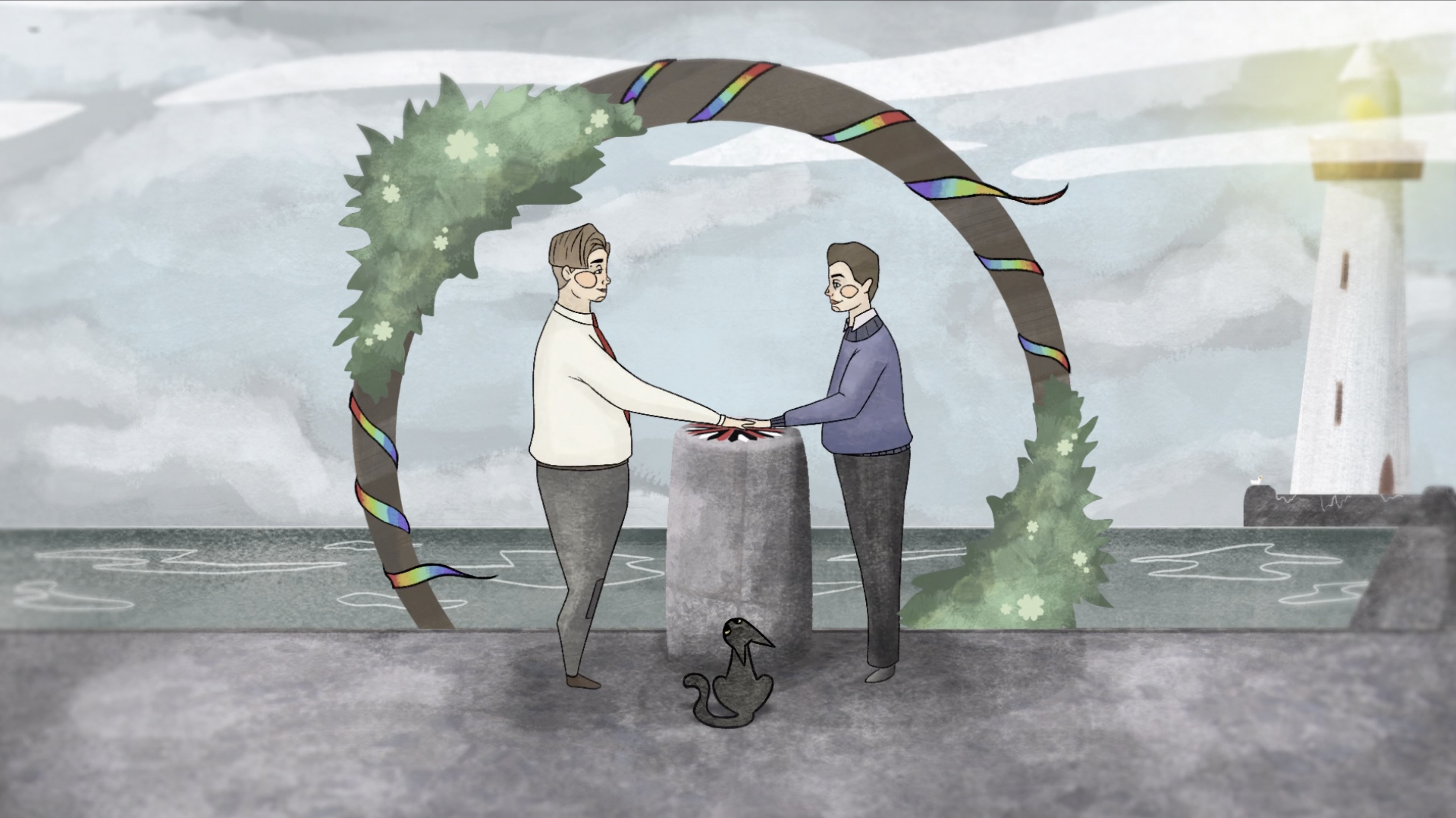
“Gail” — Ulster Gaeilge: It’s Yours Too!
“Ivor” — Ulster Gaeilge: It’s Yours Too!
“Chris” — Ulster Gaeilge: It’s Yours Too!